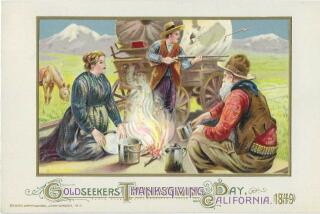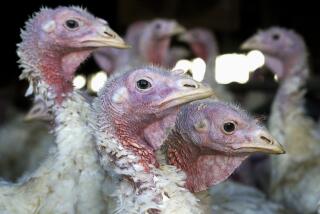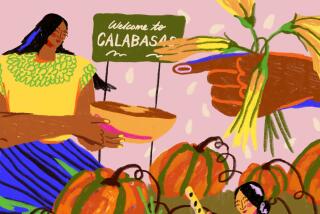On the origin of the species
At this time of year, do you ever find yourself wondering if turkey the bird has anything to do with Turkey the country? Is it really a coincidence that the main course of our national meal shares its name with a large Muslim country that stretches from Europe to the Caucasus? After all, besides being the star attraction at Thanksgiving dinner, the turkey is a bird so American that Benjamin Franklin wanted it as our national symbol. (He considered the bald eagle to be “of low moral character.”) The answer lies in a twisted and tortuous journey, both physically and linguistically.
The first Europeans to lay eyes on the bird we today call a turkey were likely Christopher Columbus and the crew of his fourth American voyage. They called the animal gallina de la tierra, or land chicken. In Mexico, Spanish conquistadors came across a domesticated version of the bird that they sent back home, to wide culinary success. By 1530, the bird was common on Spanish poultry farms, and not long after in British barnyards as well. It was there that this New World creature became confused with another, somewhat similar-looking species of bird.
This avian doppelganger was an African species known to Europeans as far back as Aristotle and the great naturalist Pliny, who called the bird meleagris. The English had two names for this animal, both having to do with where the bird was thought to come from. The first was guinea fowl, after the Guinea region of Africa, from which Portuguese traders imported the birds. The other was Turkey cock, for reasons that are today mysterious. Was there some Turkish merchant who brought the animals to England? Or were the English just atrocious with geography? The confusion got sorted out in utterly arbitrary fashion, with the Old World species taking the name guinea fowl and the newcomers winning sole English-language possession of the word turkey.
About 100 years after the New World turkey arrived in Europe, the Pilgrims landed in Massachusetts. There, they found an animal that bore a strong resemblance to the turkey they knew back home, although this wild variety did not take kindly to attempts at being domesticated. None of this deterred the natives, for whom the animal was a chief food source and their favorite bird to hunt. It is by no means certain that these wild northern turkeys were served at the first Thanksgiving in 1621, but it is quite possible.
Our best source for that historic meal is a letter that states that four men went out hunting and bagged enough fowl to last a week, but whether there were any wild turkeys in the catch is unclear.
The association of turkey with Thanksgiving didn’t actually occur until hundreds of years later, with the 1889 publication of “Standish of Standish,” a novel that included a highly romanticized version of the first Indian and Pilgrim food fest. In this book, the hunters are specified as having brought back wild turkeys, which the Pilgrims bemoaned as being pathetically paltry compared to the domesticated version they were used to in England. One of their party then had a bright idea for how to make the birds “seem more like their brethren across the seas”: put stuffing in them. And so a meal, a myth and the era of supersizing all began.
First Thanksgivings aside, these local birds just wouldn’t do, and the English began importing turkeys to America. This preference carries over to the present day, and the bird Americans sit down to eat every Thanksgiving is not the northern wild turkey Meleagris americana but the Aztec land chicken Meleagris mexicana. And so Ben Franklin’s preferred symbol of America — and the only creature that can annually count on a presidential pardon — is not a native Yank at all but a Mexican bird that immigrated to the United States via two transatlantic crossings.
Which, when you think about it, makes the best case yet for why the turkey should be our true national bird.
John Bemelmans Marciano is the author of, most recently, “Toponymity: An Atlas of Words.”
More to Read
Sign up for The Wild
We’ll help you find the best places to hike, bike and run, as well as the perfect silent spots for meditation and yoga.
You may occasionally receive promotional content from the Los Angeles Times.






